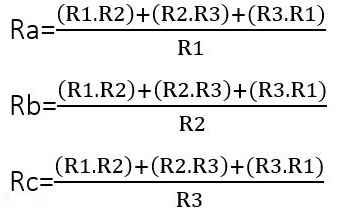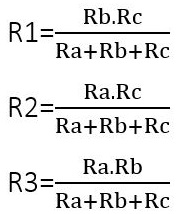Pi Attenuator converter
This Pi Attenuator converter is designed for RF engineers and electronics enthusiasts to quickly calculate the resistor values needed for a Pi-type attenuator based on desired attenuation and system impedance. Conversion Formula R1 (shunt) = Z₀ × (K + 1) / (K – 1) R2 (series) = Z₀ × (K² – 1) / (2 × … Read more








